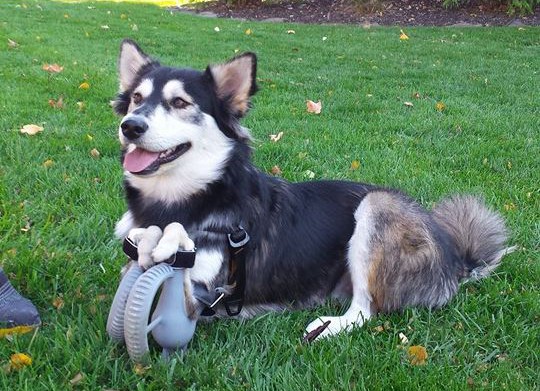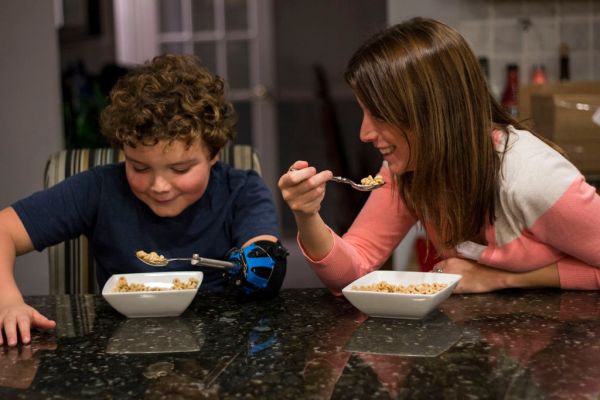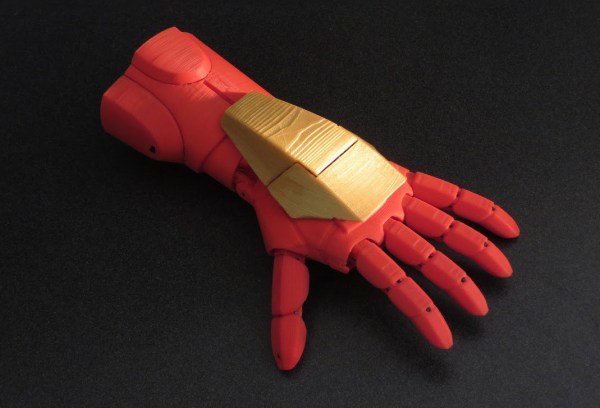When [aimzzz] met this puppy born without arms, the need for some assistive hardware was obvious. We love it that rapid prototyping techniques have become so accessible that something like building a wheelchair for a puppy is not just affordable, but a lot of fun too!
The main part of the projects is a cradle which will be comfortable for the dog. 3D printing is a great choice here because it can be customized to suit the needs of a particular dog. We remember seeing another dog named Derby who has 3D printed legs that make room for the biological legs that aren’t functioning correctly. In the case of this wheelchair, the cradle could be altered make room for legs.
The rest of the build is purely mechanical. Aluminum tubing, tubing connectors, and wheels combine with the printed cradle (and some padding material) to make for one sweet ride. It takes a bit of training to get used to, but as you can see after the break this makes mobility quite easy and intuitive for the pup.

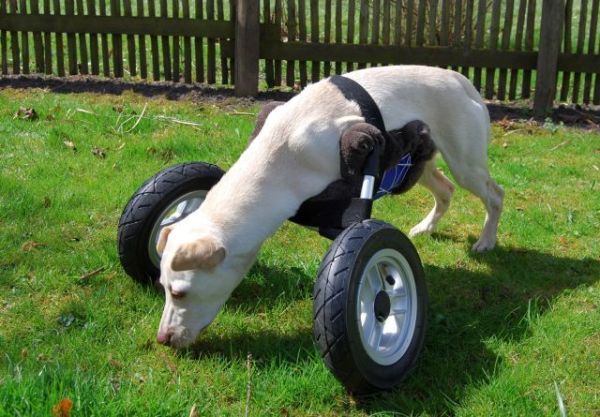
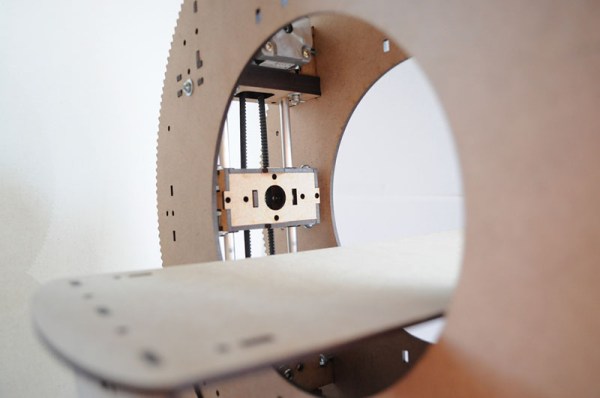
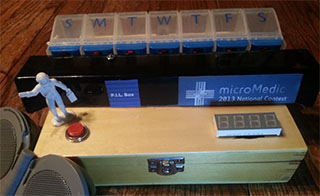 Medical builds are a tricky subject, but over the years we’ve seen a few that stand out. Some can be as simple as
Medical builds are a tricky subject, but over the years we’ve seen a few that stand out. Some can be as simple as  Of course with 3D printers, you have a bunch of prosthesis applications; from a nine-year-old
Of course with 3D printers, you have a bunch of prosthesis applications; from a nine-year-old 